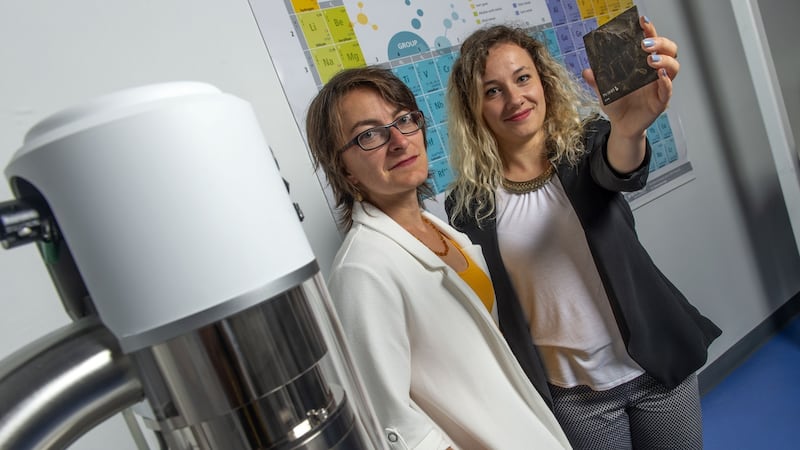Irish palaeontologists believe they have made a significant breakthrough in how to reconstruct what extinct animals looked like, in a study published on Monday.
The research was led by two University College Cork (UCC) academics, partnered with researchers from Japan and the United States.
The study found a new way to reconstruct the internal anatomy of extinct vertebrate animals, based on cells from their fossils. The palaeontologists were able to study and analyse fossilised melanosomes, which are small sub-units of cells from the animal’s internal organs.


This allowed the researchers to reconstruct the likely size and shapes of long-extinct animal’s organs, in what the university described as a “world-first discovery”.
The function of melanosomes in organs is to store and transport a natural pigment called melanin. This pigment is associated with colour, which allowed the researchers for the first time accurately identify the shape of organs such as the lungs, liver, gut and heart.
Previously studies focusing on fossil melanin examined skin and feathers, rather than how the pigment could be mapped to reconstruct the internal organs of ancient animals.
Dr Maria McNamara led the research at UCC, along with PhD student Valentina Rossi.
“This discovery is remarkable in that it opens up a new avenue for reconstructing the anatomy of ancient animals,” Dr McNamara said. “ In some of our fossils we can identify skin, lungs, the liver, the gut, the heart, and even connective tissue.”
The study was published on Monday in Proceedings of the National Academy of Sciences of the United States of America.
The researchers first discovered the value the cell pigments during a pilot study on fossil frogs last year.
In essence, the discovery means the type of sub-cells retain “tissue-specific chemical signals” even in fossil form, so scientists can tell which organ they were from, and then map the size of the animal’s various organs piece by piece.













